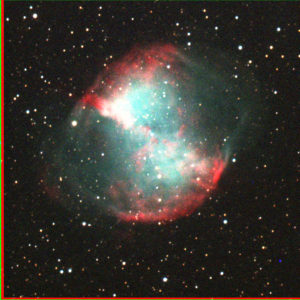Astrotrivia
Posted on : June 19, 2020 | post in : General Knowledge |Comments Off on Astrotrivia |
Astronomy Trivia Part 1
1. Distance between Earth and Sun is called a(n) A) Astronomical Unit B) Light Year C) 4.2 D) 63,000 2. Light from the Sun takes how long to reach Earth? A) 4 hours B) 8 days C) 8 minutes D) 4 seconds 3. Our nearest star is named: A) Alpha Centauri 00 B)Andromeda C)Tauri D)Proxima Centauri 4. How far away is our nearest star? A)250,000 miles B)4.2 Lightyears 00 C)5.8 Lightyears D) 63,000au 5. How long does it take light from our Sun to reach Neptune? A) 4.2 Ly B) 4 years C) 4 hours D) 4 months 6. One light year is how many Astronomical Units? A) 2.6 B) 63,000 C) 630,000 D) 1 7. What is the area of our galaxy where stars are born? A) Local Group B) nova C) spiral arms D) equant 8. How wide across is our galaxy? A) 100,000ly B) 63,000au C) 260,000ly D) 20,000ly 9. The small cluster of galaxies to which the Milky Way belongs is called what? A) solar system B) spiral arms C) seeds D) local group 10. How close to the center of our galaxy is our sun? A) 20,000ly B) 25,000ly C) 30,000ly D) 100,000lyAstronomy Trivia Part 2
1. Ptolemaic theory has planets moving in a circle called: A) epicycle B) elipse C) paradigm D) parallax 2. A model of the universe with the Earth at center A) heliocentric B) theory C) geocentric D) paradigm 3. A theory almost universally accepted as true. A) paradigm B) model C) defent D) natural law 4. A group of assumptions on which a theory is based A) theory B) paradigm C) model D) parallax 5. Which of these astronomers held a Heliocentric view? A) Aristotle B) Ptolemy C) Copernicus D) Pythagoras 6. Which astronomer held a Geocentric view? A) Kepler B) Ptolemy C) Brahe D) Stagliano 7. Who wrote the law of inverse squares/ A) Blackwell B) Kepler C) Newton D) Einstien 8. A body will remain at rest till acted on by force What is this called? A) Inertia B) Gravity C) Paradigm D) Relativity 9. The apparent backwards motion of planets is called: A) solar system B) epicycle C) gravitaional pull D) retrograde motion 10. Who refined the telescope? A) Tycho Brahe B) Kepler C) Galileo D) CopernicusAstronomy Trivia Part 3
Astronomy Trivia Part 4
1. What is the point in the sky directly overhead? A) Zenith B) Revolution C) North D) Vernal Equinox
Comments are closed.
